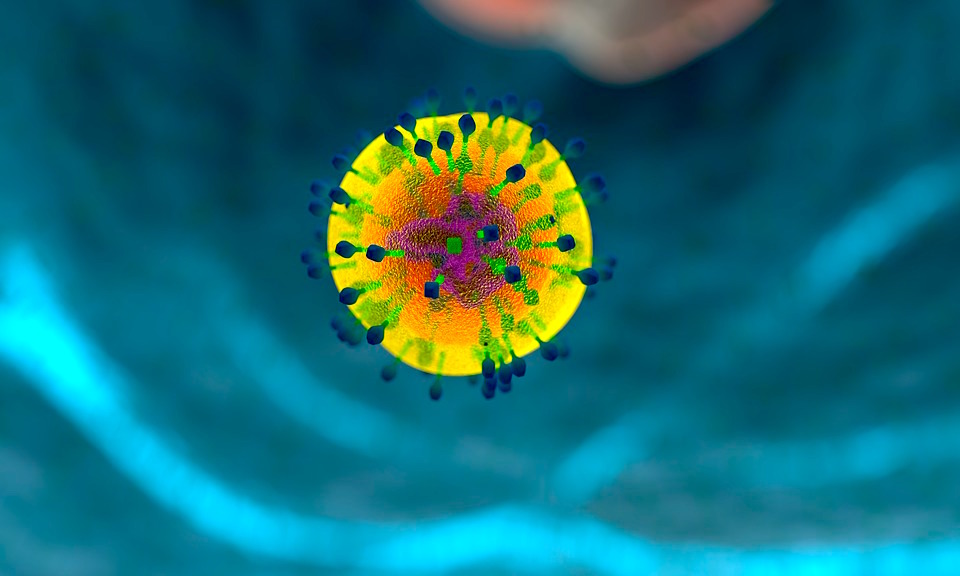PART 1: Abstract Cancer cells are the result of the multi-step, multi-dimensional and multi-generational process of oncogenesis, but they are never the products of cellular transformation. When a stem cell …
PART 2: The Definition of Oncogenesis The human cell is mankind’s basic unit of life and a dynamically functional, highly-organized, self-governed component of human body. It is the condition of …
PART 3: The Basis of Oncogenesis In a living multicellular organism, nothing is purposeless or by chance; intracellularly or extracellularly, nothing usual or expected can happen without a purpose, and …
PART 4: No grounds for solitary cells In the human multicellular organism, no single cell of any kind can initiate a normal or abnormal group act or function by its …
PART 5: Cancer cells are rather the products of malignant tissue transformation than malignant cellular transformation Cancer cells are not the transformation of the cells that preceded them. In or between …
PART 6: The overwhelming tissue transformation is the oncogenesis itself In its ever-changing and evolving neoplastic environment, a full-blown neoplastic tumor makes the body go through an enormously progressive multi-range …
PART 7: The main players, opponents and proponents are the Clonal Cell Groups While we describe tumors as abnormal tissue, we must not see them as alien structures, because they …
PART 8: Metastasis is not quite a scheduled end of the Oncogenetic Evolution The epic journey of oncogenesis is an evolution that is not programmed to end with metastasis. Could a terminally …
PART 9 (Final Part): Discussion & References Discussion In oncogenesis, where an unreserved display of Darwin’s Evolution Theory is seen [1], what all we are able to see so far is only a …
PART 1: ABSTRACT http://ajbm.net/kgs-the-karindas-grading-system-the-all-encompassing-universal-paradigm-of-cellular-and-tissue-grading-a-guiding-research-tool-and-a-new-integral-method-of-clinical-management-in/ ABSTRACT In oncohistopathology and oncobiopathology today, various systems of measurement, appraisal, assessment and evaluation of tumor cells’ phenotypic characteristics, in vivo, are used to gather or complement …










